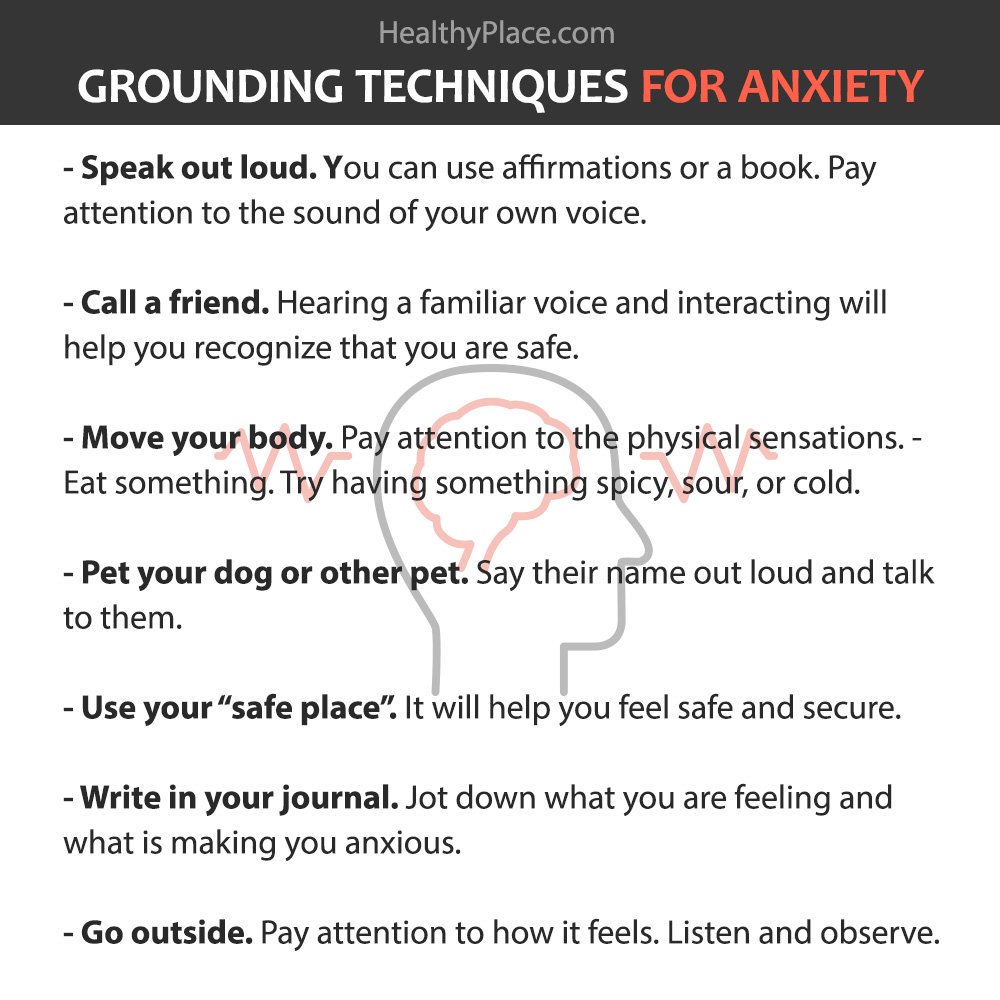

transient, lasting hours to a few days.These depersonalization and derealization symptoms can be: Increased awareness of the surroundings.Items might appear blurry and smaller or larger than they are in general. Numbness or reduced response to sensations.Difficulty recognizing and describing your emotions or experiences (alexithymia).Feeling detached from your environment.Robot-like status in which you feel unable to control speech or movement.Feelings of disconnection from your thoughts, body, and emotions.The disorder symptoms usually vary in severity and include: Identify some different sensations that don’t make them anxious.The primary feature of depersonalization disorder is feeling disassociated: you might feel like you’re watching your life from the sidelines or living in a dream world.List five neutral sounds they can perceive.Name five objects they can see that don’t cause them any distress.Objectively describe their immediate environment.To achieve this, you could ask them to perform some of the following tasks: The person needs to return to reality in such a way that doesn’t increase their anxiety. A good starting point is to ask them if they know their name or what happened. This is to check their level of orientation and to start to bring them back into the present. This calms their mood and physiological sensations. To apply the grounding technique, you must try to get the person to regulate themselves.
#Grounding techniques for depersonalization movie#
In fact, they feel like they’re watching a movie or seeing the world through a darkened glass.

This procedure is used in psychological first aid when dealing with people who’ve experienced a traumatic event. To return the sufferer’s attention to the present and to neutral or unthreatening stimuli. The main objective of grounding is a return to reality. In fact, when their attention is so taken up by the trauma they’re facing that they feel paralyzed. Grounding is a simple procedure that’s used whenever a person feels emotionally overwhelmed. Being able to return to the “here and now” is what allows you to escape those unpleasant moments. However, when they occur too frequently or are over-prolonged, they can make you feel extremely uncomfortable.

Usually, this type of experience doesn’t last longer than a few minutes. They lead you to distance either yourself or your environment when circumstances overwhelm you. Many people experience depersonalization and derealization at some point in their lives. This is when the grounding technique may be useful. However, these might also prevent you from functioning normally. When you experience severe emotional shock, your mind sets in motion various defense mechanisms to prevent you from suffering. The grounding technique can help in these cases. Have you ever experienced such intense stress that you seemed to disconnect from reality? The feeling of being drawn by your inner experiences to such an extent that you felt unable to stay in the present.


 0 kommentar(er)
0 kommentar(er)
